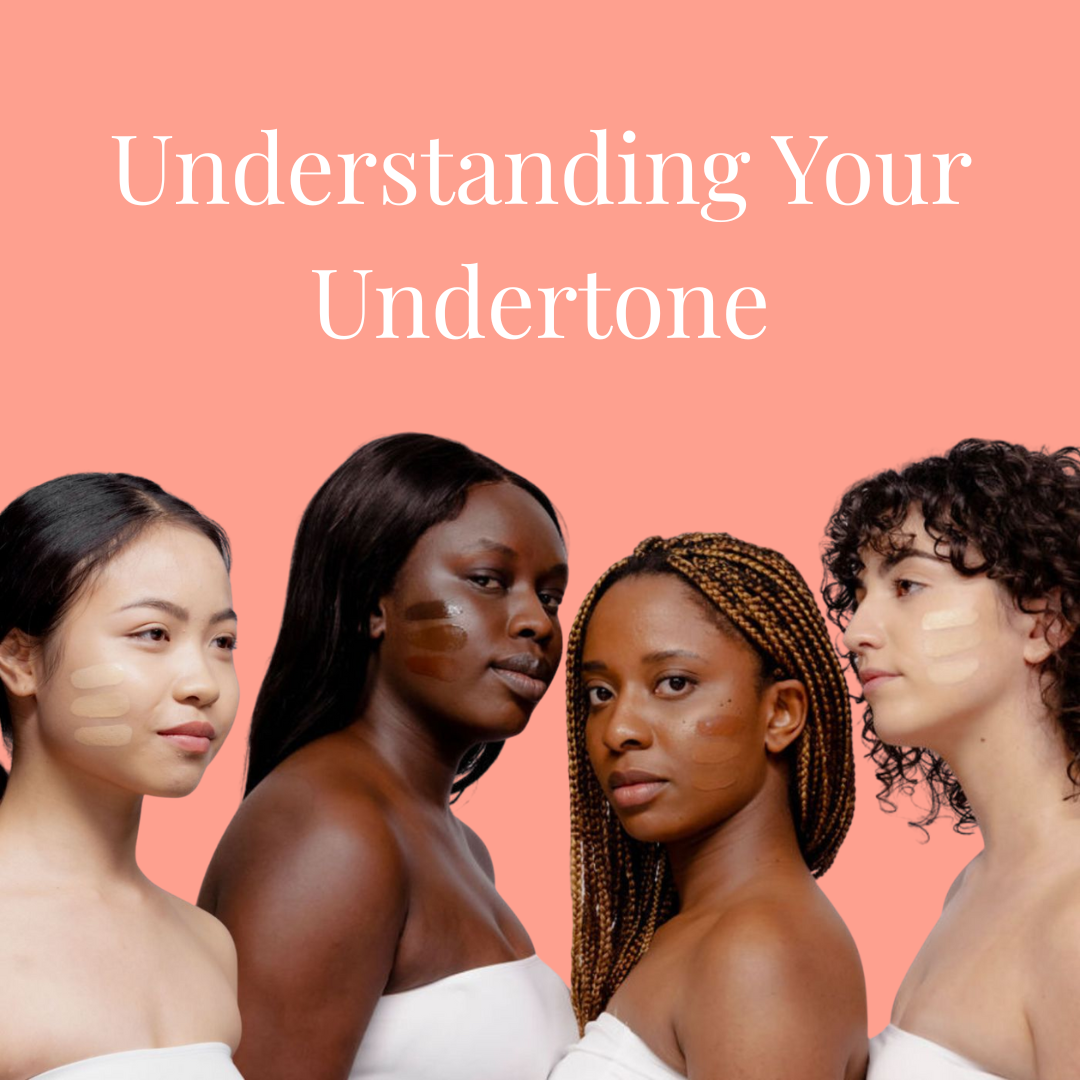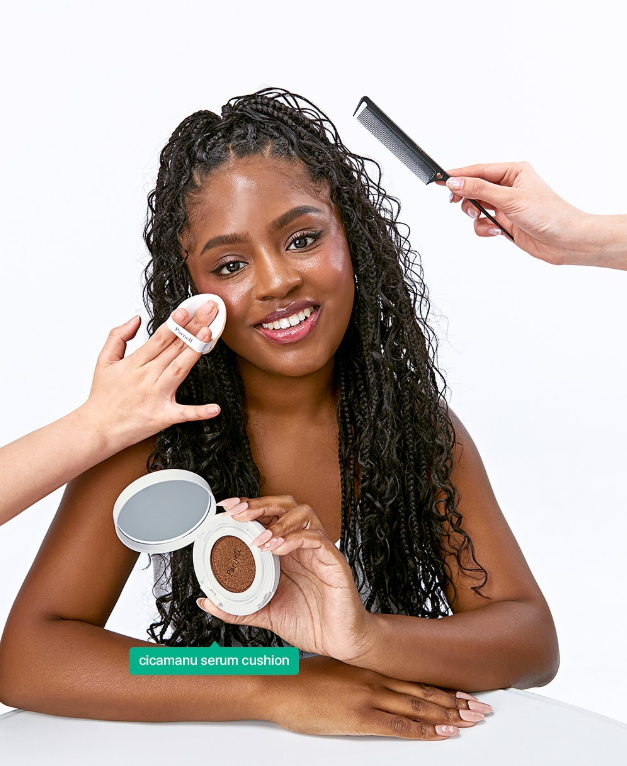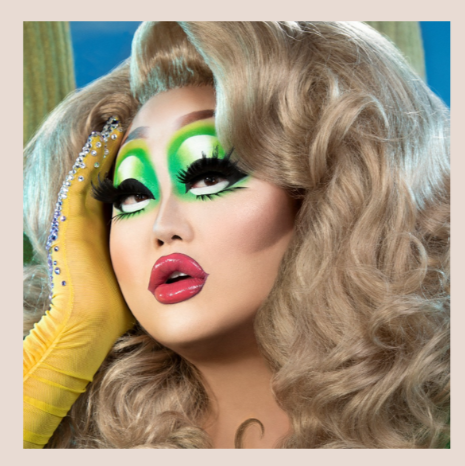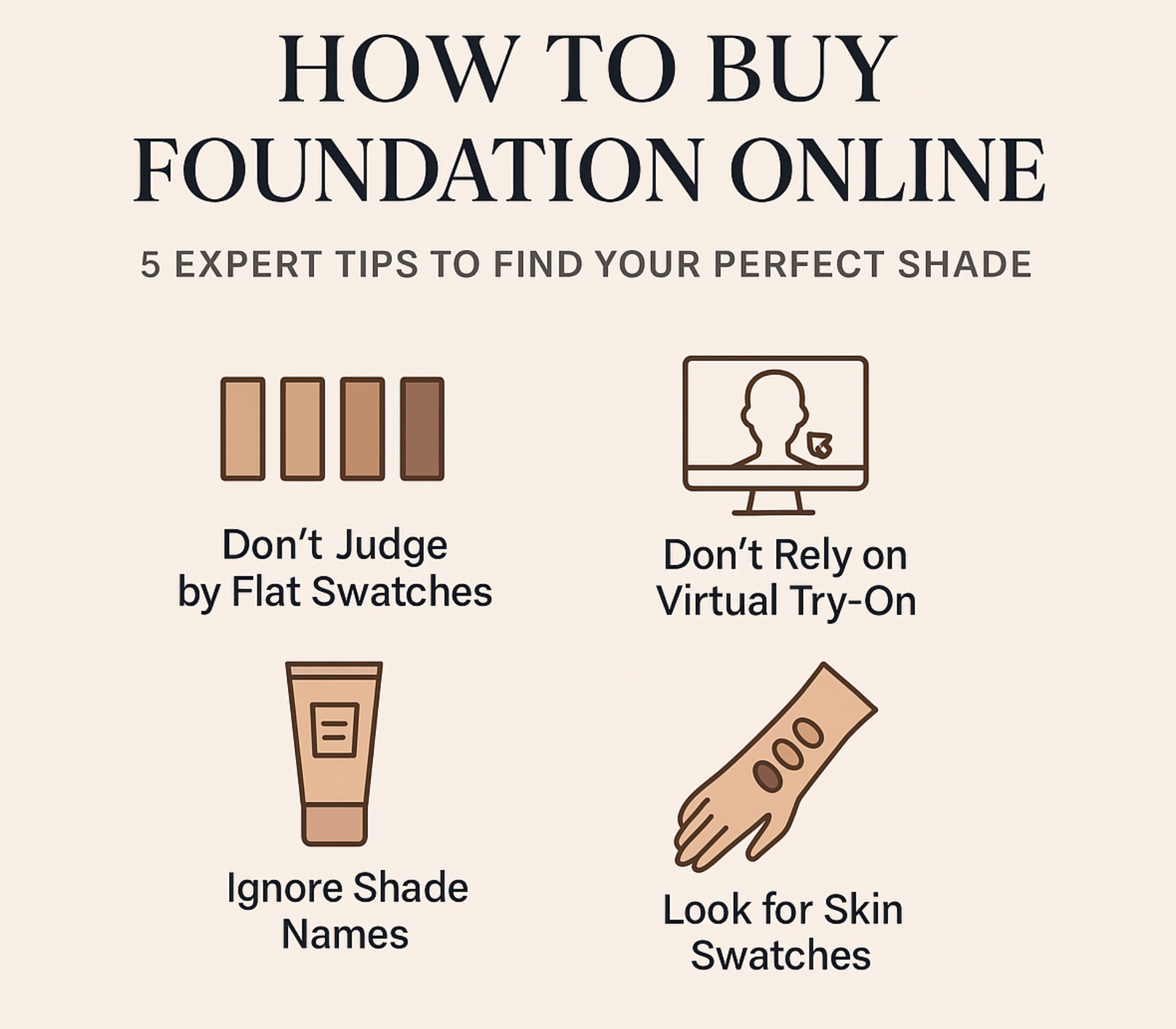
Hygiene and Sanitisation: Fact or Fiction?
Author: MMM Team
01 Apr 2020
With the global pandemic of COVID-19 growing worse by the day, now is an important time to brush up on your knowledge of hygiene and sanitisation with regards to not only your makeup but also more general hygiene practices. We have compiled a few common opinions we’ve heard regarding hygiene and sanitation and want to explore whether they are based on fact or fiction.
The higher the alcohol content the better for sanitisation: Fiction
Although it might seem that the higher the alcohol content, the better for sanitising makeup brushes, makeup kits, hands and surfaces, but you might be surprised to hear that is not the case.
According to the Centre for Disease Control and Prevention, there is evidence that ethyl alcohols with concentrations of 60%-80% will inactivate viruses like influenza and herpes. As alcohols tend to evaporate quickly, by keeping the concentration under 80%, you are giving it enough time to coagulate the proteins of the virus (effectively deactivating it) before the alcohol is evaporated.
Due to the slower evaporation time, 70% Isopropyl alcohol can penetrate all parts of the microorganism and coagulate the proteins so the organism can no longer survive. Higher concentrations of alcohol will still coagulate the proteins, however due to the quick evaporation time and quick acting coagulation it is unable to penetrate through the entire cell.
70% Isopropyl alcohol is great for cleaning makeup brushes. Its dilution means that the alcohol has enough time to kill the bacteria, with enough water in the solution that it is not severely damaging the fibres of your makeup brushes or being too harsh on your skin.
Regular soap is one of the best things for killing viruses: Fact
Dr. Palli Thordarson went viral on Twitter in early March for explaining the effectiveness of soap to combat COVID-19, and indeed many other viruses. He explained that often, products advertised as ‘antibacterial’ are no more effective than standard soap or alcohol of an appropriate solution. While stocks are constantly running out of hand sanitiser and antibacterial soap, it is great to note that regular soap will work just as well.
Essentially, COVID-19 and other viruses are nanoparticles held together with a weak outer layer that soap can dissolve. Once that layer is dissolved, the nanoparticles have nothing to keep them bonded together so they cease to function.
It goes without saying that nanoparticles are extremely small, and human skin has lots of creases and pores for them to linger in so it is important to wash your hands with soap for 20-30 seconds to make sure you’re dissolving as many of the virus cells as possible.
To read Dr. Thordarson’s full Twitter thread explaining the benefits of soap and his in-depth exploration of how soap effects viruses, click here.
Makeup store testers are safe to put straight on your face: Mostly Fiction
Anything that has been near a face has the potential to harbour harmful bacteria, and in retail environments where hundreds of people are touching products every day, it is unavoidable that some products will become contaminated. Not to mention the fact that all people have our own ‘fingerprint’ of microflora and bacteria on our skin that is harmless to us, but not necessarily for other people.
Although all products have the potential to harbour bacteria, you are more likely to run into issues with liquid and cream products. Wet products provide an ideal breeding ground for bacteria and are much harder to sanitize than a solid product like a pressed power or bullet lipstick. According to an article for the Health Promotions Perspective journal, upon an examination of a range of shared makeup products they found that every single one was contaminated with bacteria.
Most makeup counters will have some form of disinfectant alcohol so make sure to spray some (or ask the staff to) onto any solids like powders, bullet lipsticks and even eyelash curlers before they get anywhere near your face. Once the alcohol has dried, they are much safer to use. However, this is much harder to do with things like liquid lipsticks, mascaras and liquid foundations. This is especially problematic as eyes, mouths and blemishes like pimples are excellent gateways for bacteria to gain access to your body.
Often, if you are booked in for a makeover at a makeup store, the makeup artists will have things like liquid lipstick and mascara testers not on display in order to avoid contamination as much as possible. Ensure they are using clean brushes, and disposable lip and mascara wands for any applications in order to minimise your risk.
For finding a foundation match, we highly recommend using a foundation shade finder like ours to find an appropriate colour so you do not put yourself at risk by trying potentially contaminated products that have been touched by hundreds of people in their life span as a tester.
Although it is unavoidable for testers to become contaminated, we hope the options above will help you minimise your risk.
We hope you are all staying safe in these troubling times, and sincerely hope that these hygiene and sanitation myths busted will help keep you and your loved ones safe.
Subscribe
For all the latest news, tips, trends and exclusives, be sure to sign up to receive the latest straight to your inbox.
By clicking subscribe you agree to our terms and privacy policy.
Subscribe
For all the latest news, tips, trends and exclusives, be sure to sign up to receive the latest straight to your inbox.
By clicking subscribe you agree to our terms and privacy policy.











